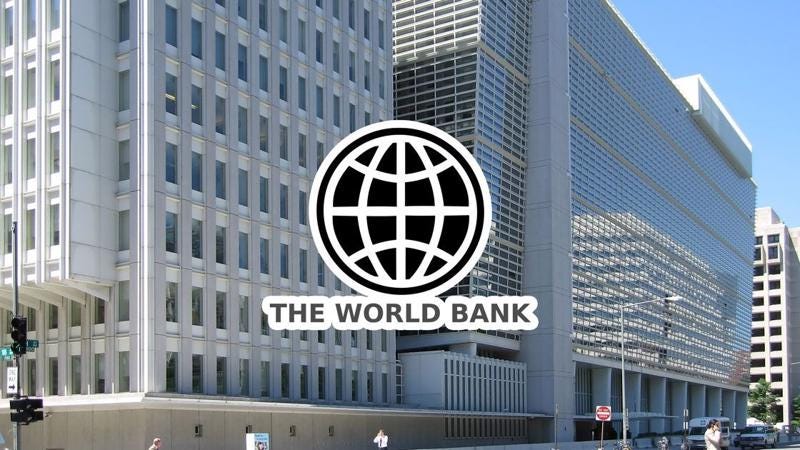The World Bank is a global financial institution that provides funding, technical expertise, and policy advice to countries for projects that aim to reduce poverty, foster economic development, and improve living standards. Here’s a detailed description:
1. Overview
- Established: 1944, during the Bretton Woods Conference.
- Headquarters: Washington, D.C., USA.
- Members: 189 countries (as of 2024).
- Purpose: To provide financial and technical assistance to developing countries for development programs that aim to reduce poverty and foster sustainable economic growth.
2. Structure of the World Bank Group
The World Bank is part of the World Bank Group (WBG), which consists of five institutions:
A. International Bank for Reconstruction and Development (IBRD)
- Focus: Provides loans and financial services to middle-income and creditworthy low-income countries.
- Funding: Primarily through the global financial markets.
B. International Development Association (IDA)
- Focus: Offers interest-free loans and grants to the world’s poorest countries.
- Funding: Contributions from member countries and transfers from IBRD profits.
C. International Finance Corporation (IFC)
- Focus: Supports private sector development in developing countries by providing loans, equity investments, and advisory services.
D. Multilateral Investment Guarantee Agency (MIGA)
- Focus: Promotes foreign direct investment (FDI) in developing countries by offering guarantees against political and non-commercial risks.
E. International Centre for Settlement of Investment Disputes (ICSID)
- Focus: Provides facilities for arbitration and conciliation of investment disputes between governments and foreign investors.
3. Functions of the World Bank
A. Financing Development Projects
- Provides loans and grants for projects in areas such as:
- Infrastructure (roads, bridges, power plants)
- Education
- Health care
- Agriculture and rural development
- Environmental sustainability
B. Policy Advice
- Advises countries on economic policies and strategies to promote sustainable growth.
C. Capacity Building
- Offers training, technical assistance, and knowledge-sharing programs to strengthen institutions in member countries.
D. Crisis Management
- Assists countries during emergencies such as natural disasters, pandemics, or financial crises.
E. Promoting Private Sector Development
- Works with private entities to foster investment and entrepreneurship in developing economies.
4. Key Areas of Focus
A. Poverty Reduction
- Aims to reduce extreme poverty (people living on less than $2.15/day) and boost shared prosperity.
B. Education and Health
- Invests in education systems and healthcare to improve human capital development.
C. Climate Change
- Funds projects that promote renewable energy, energy efficiency, and climate-resilient infrastructure.
D. Gender Equality
- Supports initiatives to empower women and address gender disparities.
E. Governance and Institutional Strengthening
- Helps build transparent, accountable, and effective government institutions.
5. Funding Sources
- Capital from Member Countries: Contributions by the 189 member countries.
- Borrowing: IBRD raises funds by issuing bonds in international financial markets.
- Repayment of Loans: Repaid loans fund future projects.
- Donor Contributions: IDA relies on donations from wealthier countries.
6. Achievements and Impact
The World Bank has contributed significantly to:
- Reducing global poverty.
- Improving access to clean water and sanitation.
- Building infrastructure in developing countries.
- Enhancing educational opportunities.
Examples of its projects include:
- India: Funding for renewable energy projects.
- Ethiopia: Support for rural electrification and road construction.
- Bangladesh: Investments in women’s empowerment and health initiatives.
7. Criticism and Challenges
While the World Bank has made significant contributions, it faces criticism for:
- Environmental Impact: Concerns about large-scale infrastructure projects affecting local ecosystems.
- Social Displacement: Resettlement issues due to dam or infrastructure projects.
- Structural Adjustment Programs: Criticized for imposing austerity measures on borrowing countries.
- Inequality: Critics argue that some projects primarily benefit elites rather than the poor.
8. Future Goals
The World Bank is adapting to global challenges such as:
- Addressing the impacts of climate change.
- Promoting inclusive growth.
- Accelerating digital transformation in developing economies.
- Enhancing global health systems to prevent pandemics.
